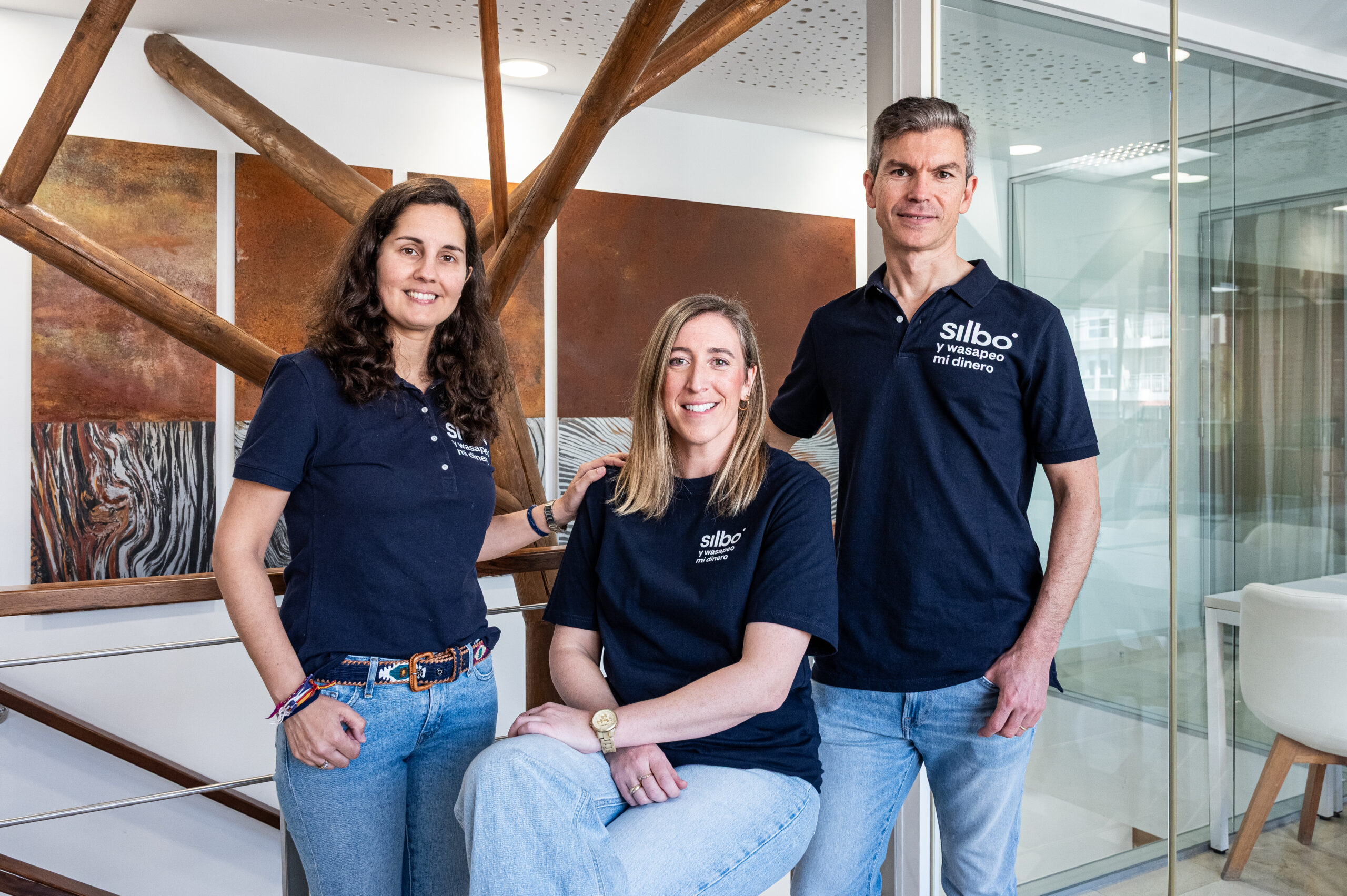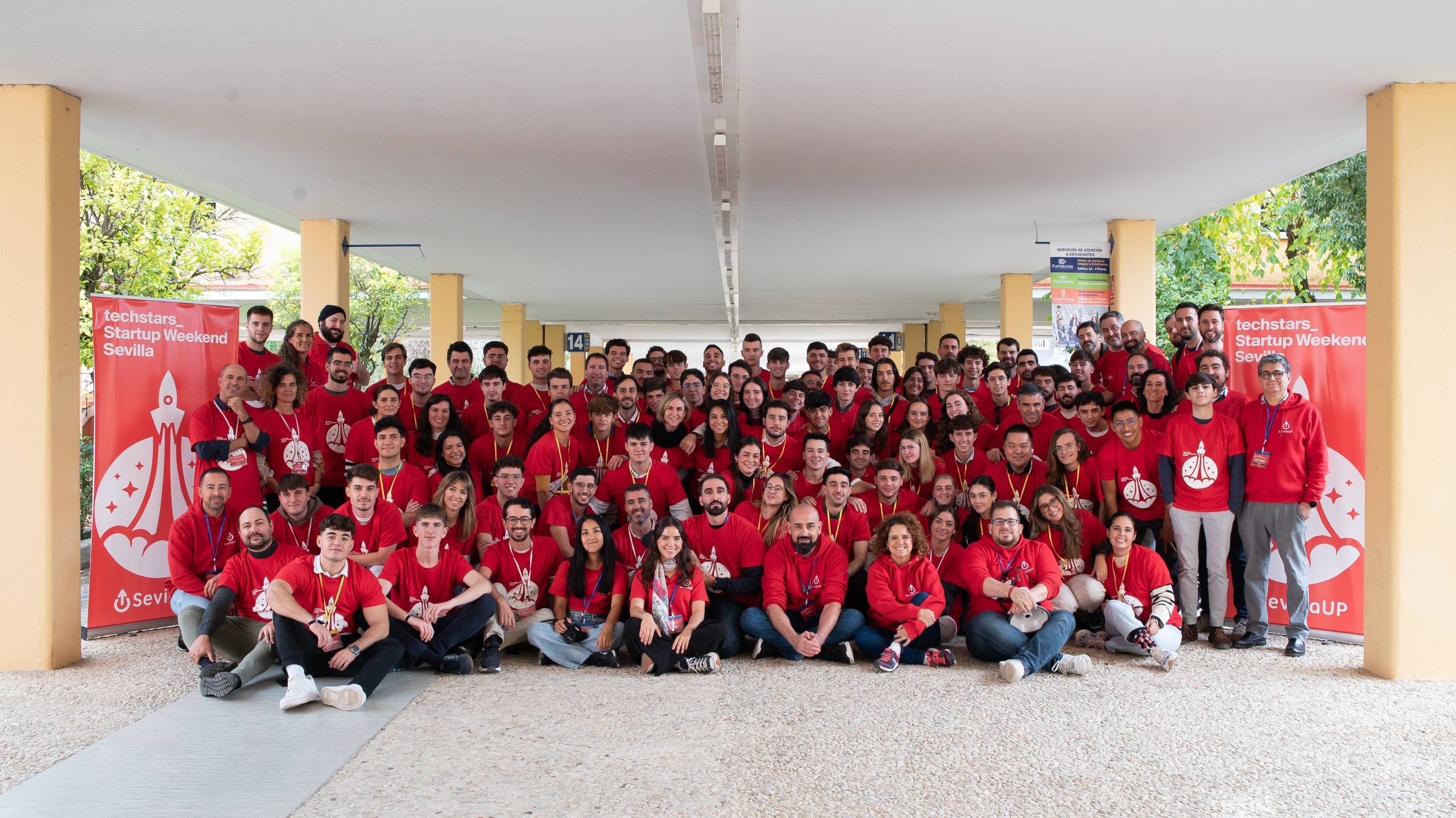According to recent survey results, corporate investors are not slowing down their investment activity despite the tough economic climate. This doesn’t surprise Luisa Rubio, Head of Wayra X.
She’s been leading the Open Innovation strategy in the fully-remote digital innovation CVC arm of Telefonica for more than two years now.
Wayra X remains very ambitious regarding their investments for 2023. Their main objective for this year is to continue increasing their portfolio and positioning Wayra X outside of Telefonica’s usual footprint. This year Wayra X will plan to do around 10 investments.
“The reason why it doesn’t surprise me is that the main driver for CVCs is different from the main driver of traditional venture capital investors. Venture capitalists are driven mainly by financial returns”, comments Rubio.
“When CVCs execute these types of deals, of course, we are also looking for financial return because we are investing money. However, we also have a larger strategic vision in mind”, she adds.
The reason why companies like Telefonica are so aggressive about their CVC investment strategies is that they really want to bring innovation to their company in order to improve their processes, and/or improve the services that they deliver to their end customers.
“This is something that we cannot simply stop just because there is a crisis or the economy is slowing down”, adds Rubio.
CVCs as opposed to traditional VCs
It’s important to differentiate the way Corporate Venture Capital works to understand how it can be of value to a startup.
According to Luisa Rubio, there are certain aspects that are crucial in the way they work, as opposed to traditional VCs.
For example, speaking about the decision-making process and the drivers, CVCs have to see an overall connection to their business and a larger strategic vision. That process takes time, in most cases.
“Corporations nurture themselves with the high innovation speed of startups and in return, they provide tools, counsel, and support for these innovators to thrive and grow. Even though corporate bureaucracy is part of the game, we are becoming leaner every day to keep up with the innovative material that is strategic for our business”, adds Rubio.
Another aspect to take into consideration is that Wayra X in this case is part of a larger organization full of experts from nearly every field related to telecommunications.
“This is another relevant theme that I think entrepreneurs don’t really think about. For example, at Wayra X, we are a small team. But we are not making the investments nor doing the analysis by ourselves, as we always have the support of the product and business areas at Telefonica to deep dive into every new technology”, comments Rubio.
As such, she doesn’t need to be an expert in generative AI, or blockchain, and she is not pretending to be. “I ask entrepreneurs to try to explain their value to me because I don’t have a technical background. However, I am a lawyer, so I’m really good at detecting good opportunities, closing deals, and making things happen. I’m just not the tech guy”, adds the Head of Wayra X.
Thanks to having that connection and being a part of Telefonica they are able to involve their colleagues in developing technical solutions, and launching those products to the market so they bring a lot of value not only to the entrepreneur, but also to the other investors taking part in the round.
This way, CVCs are usually not leading investors, but their value lies in the support they bring across the board. This makes them a very strategic choice for startups looking to grow in a less risky way.
The CVC red flags playbook
Not everything that shines is corporate investment material. According to Rubio, the initial meetings between a startup and a CVC look dramatically different from initial meetings when a traditional VC is in the picture.
“The conversations tend to be more oriented toward product development, roadmap, and user experience integration with other systems. This is because CVCs are always going to want to know how they can generate future business between their parent company and the startup or how they can potentially use the startup’s technology to help them innovate their own offerings”, adds the Head of Wayra X.
In that regard, she thinks the most important thing to really convince the CVC to make the investment and to take part in the deal is to demonstrate to them the value that they will be able to generate beyond just ROI.
Beyond that larger strategy, there are also some basic red flags that you’re going to want to avoid when pitching a CVC, according to Rubio
“Something I always explain in the first five minutes of a conversation with a startup is that under no circumstance, will we be able to invest in a tax haven. This is 100% connected to being a CVC”, adds.
Due to the regulations that Telefonica has to follow, they can not have a stake in companies incorporated in the Cayman Islands or any other similar tax haven.
“It is simply the rules of the game. Even if the startup is incredible and has a perfect product, if they are registered in a tax haven, they have to stop the conversation there because it will be a waste of time for both the entrepreneur and ourselves. We’ll never be able to invest in that company. “
Another important red flag is when the entrepreneurs are not 100% committed to their project.
“Imagine, for example, startup founders that are simultaneously working for a big corporation and also have other side projects. It might sound crazy, but I’ve seen it before! Why should I assume the risk if you are not also assuming the risk of being 100% dedicated to the project?”
Also, when they detect issues related to the intellectual property of the startup, and it’s not very clear who the real owner of the IP is or how that ownership will be managed, it’s usually not going to go favorably for the startup.
In those cases, they always double-check with their intellectual property team. To show a general lack of transparency and to present false numbers is another huge red flag, according to Rubio. And let’s not even mention the fact that if a startup starts lying about the closure of rounds, turnover, and other financial metrics.
Is the early stage the way?
CVCs are becoming increasingly attractive for early-stage investors because they are keeping up with their investment deals regardless of what is going on in the VC sector.
CVCs could become the true drivers of innovation in any ecosystem as seed and pre-seed startups are fundamental for an entrepreneurial ecosystem to exist. In that sense, they seem to be able to fulfill the promise that accelerators couldn’t.
As they are there to bring their own team of experts to provide support to the founder, they will be able to impart their much-needed knowledge and experience, improving both the startup’s chance of success and a higher ROI for all investors in the process.
Their potential for mentoring and guidance can prove invaluable if the CVC is willing to put forth the full weight of their company behind the founder. That way, one dollar from a CVC could potentially outperform one dollar from a traditional VC.
This might be wishful thinking, but if this thesis proves to be right, and data seems to be pointing in this general direction (for now) we might be at the gates of a very interesting paradigm shift in the world of venture capital.









